Why you need automated software testing
Here are the reasons why you should use test automation tools.
Efficiency
Imagine your testers spending one hour per week verifying if they can log into the software in different scenarios. Now, imagine if they can click just one button to cover all these angles.
Precision
Manual testing is by definition prone to the human factor. The same number of test steps can bring an incorrect outcome. A specific case can be successfully automated once (and maintained later).
Availability
Some scenarios may not be easy to test. Let’s say your app works on 16:9 tablets but most of them have 4:3 screens. No need to pass one tablet between everyone: just virtualise and automate the test case.
Optimisation
Freeing up testers from mundane tasks helps you get the most out of their time. The QA team will have more time to make better bug reports and do some exploratory testing to improve coverage.
How to make an automated software test
Let’s look at the basics of automating software testing.
Define scope
Select the tests that you would like to automate, e.g. solution-wide cases and repetitive cases. Looking at complex tests is great, too. You may automate them later, but you should know your needs now.
Pick the right tools
Explore the test automation market to pick tools covering your scope. Some are rather specialised, such as Selenium for web testing and Soap UI for web testing. Others can fit multiple needs, e.g. Ranorex.
Create automated tests
Here comes the fun part: your QA team gets to automate the tests that you picked. This part may involve some trial or error, including changes in scope and automation tools defined earlier.
Validate, use, maintain
Now that you have the newly automated tests, make sure that they work properly and return valid results. Once everything is green, enjoy the results but make sure that automated tests are up to date!
For further selection criteria, please consult our testing strategy template. It is a practical manual on how to build your QA procedures with plenty of ideas that go beyond picking the right tool.
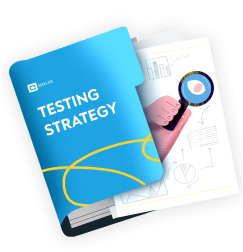
Get a testing strategy template that enables us to release 2 times faster
Best automated testing tools
As we mentioned earlier, you would normally use different test tools for different types of automation. Below are some of our picks from best automation testing tools.
Selenium
Selenium in action
Selenium is the swiss army knife of QA automated testing tools. It primarily targets web solutions on desktop & mobile OS as well as browsers for them. Selenium is simple to learn due to supporting Python yet also provides room for advanced users.
SoapUI

SoapUI is the king of API software test automation tools. Just like Selenium, it is an open-source and free tool with active developer & community support. SoapUI can hook to your in-house software or test management tools thanks to REST support.
JMeter
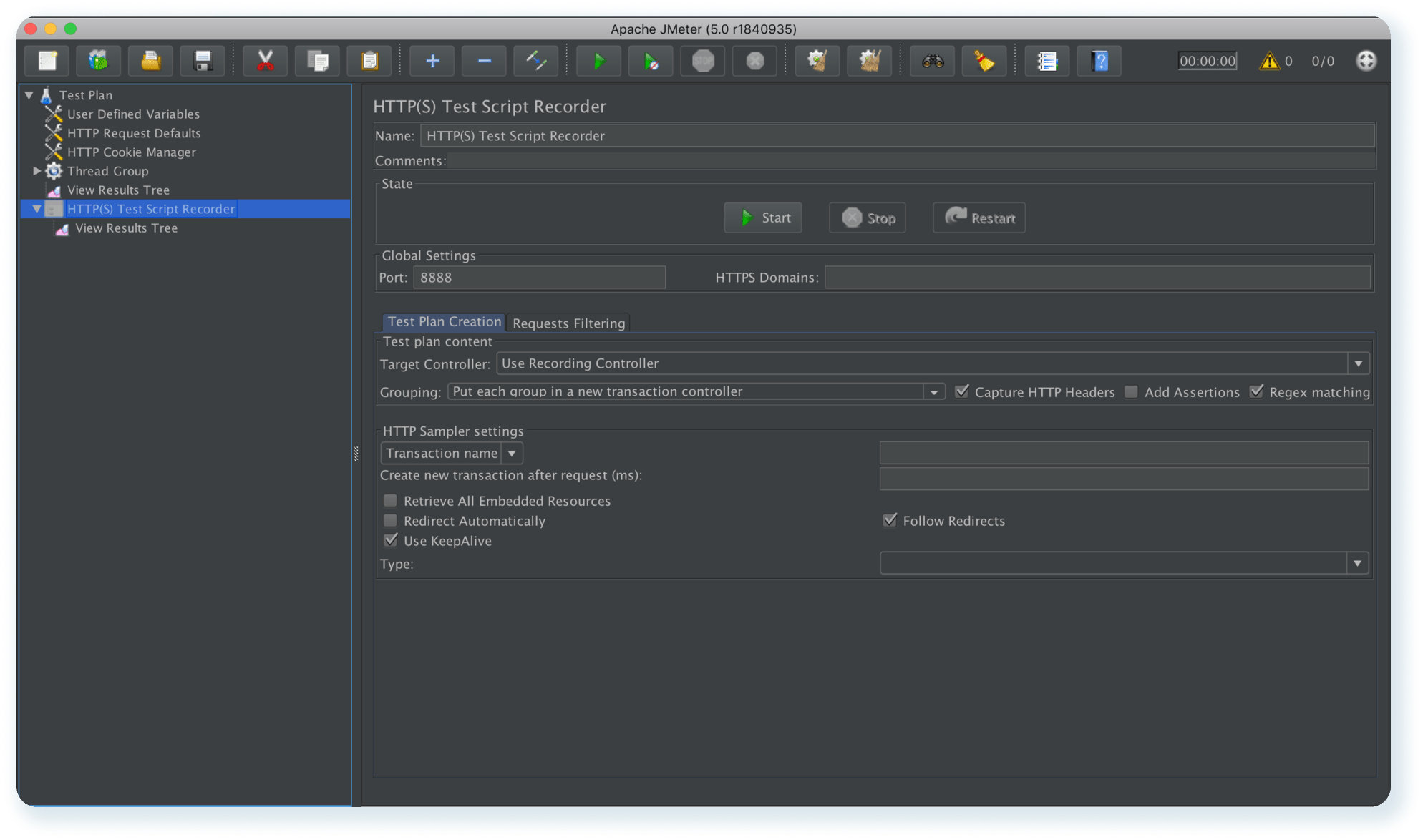
JMeter is designed for load testing, and it has quite some capabilities to automate it. JMeter too supports REST calls as well as third-party libraries to enhance your testing. Some make writing new scripts as simple as using a Chrome extension.
Jenkins
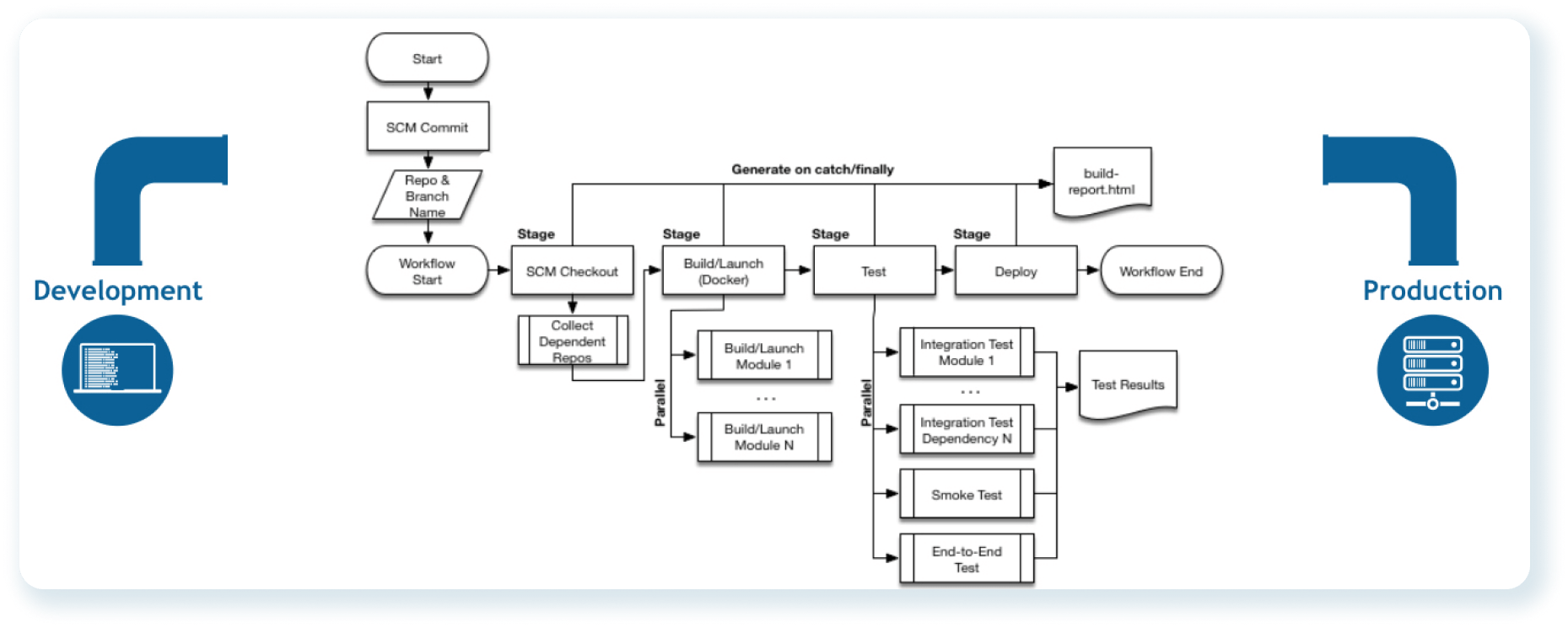
Jenkins pipeline example
Jenkins is an automation server for continuous integration and delivery. This includes quality assurance: automated tests can be used as part of the delivery pipeline. Jenkins runs on Java, so you shouldn’t have much trouble setting it up.
UnixShell
UnixShell has many uses, but QA specialists have long adopted it for test automation. Using shell scripts cuts down on hours of manual labour, and they are very much transferable to and from other automated test software.
PowerShell
PowerShell is the Windows alternative to UnixShell among software test automation tools. They are similar in capabilities and how software testers go about them. PS also supports objective-oriented programming for simplified shell scripting.
Why choose aqua as your automation test management tool
AI testing
aqua is the cutting edge test management solution when it comes to AI. The functionality has been development before ChatGPT even became a thing. You can now quickly cover requirements in a few clicks and update existing tests.
Automated QA & Jira integrations
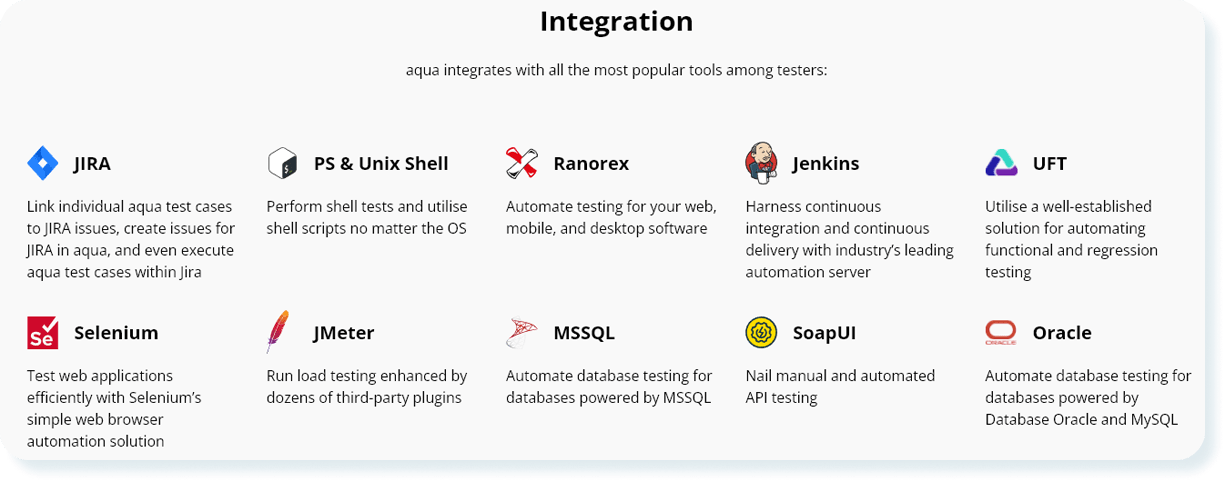
Full list of aqua integrations
aqua has over 10 integrations with leading automated test software. It also comes with a Jira integration: you can either access individual items or fully sync aqua & Jira projects. No extra cost attached.
Cloud & On-Premise offerings
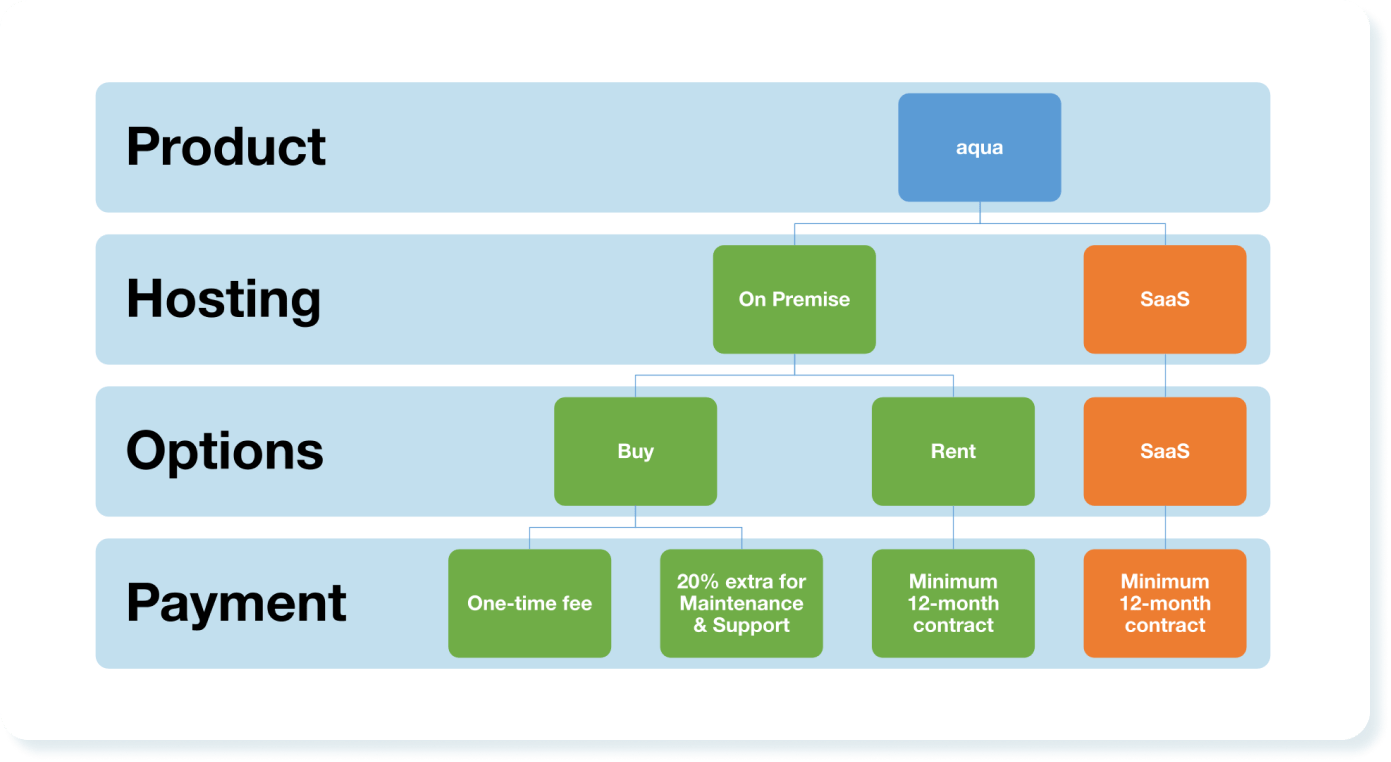
aqua’s deployment options
aqua offers both cloud and on-premise versions with virtually identical functionality. On-Premise is not an afterthought for us: we have plenty of clients in banking insurance, and government.
Reporting wizard & dashboards
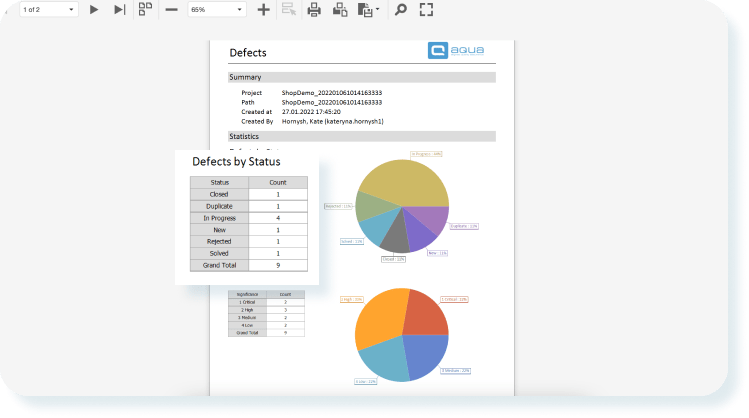
aqua report example
aqua’s reporting wizard is quick to set up yet comes with quite some depth. You can even execute custom scripts inside the report. Dashboards help visualise progress and support KPI alerts for emergencies.
Traceability as a feature

aqua is fully compliant with traceability requirements, proven by our banking and government portfolio. This traceability, however, helps in any industry. You can see all changes to tests and revert if needed.
Robust foundation & infrastructure
aqua works fast and doesn’t slow down even if you have millions of test cases. We have such clients using both Cloud & On-Premise versions without hiccups. Test execution doesn’t throttle for them either.
Conclusion
Test automation tools cover a variety of different niches. They work best when synergised by a test management solution, such as aqua.
Try AI-powered testing


















